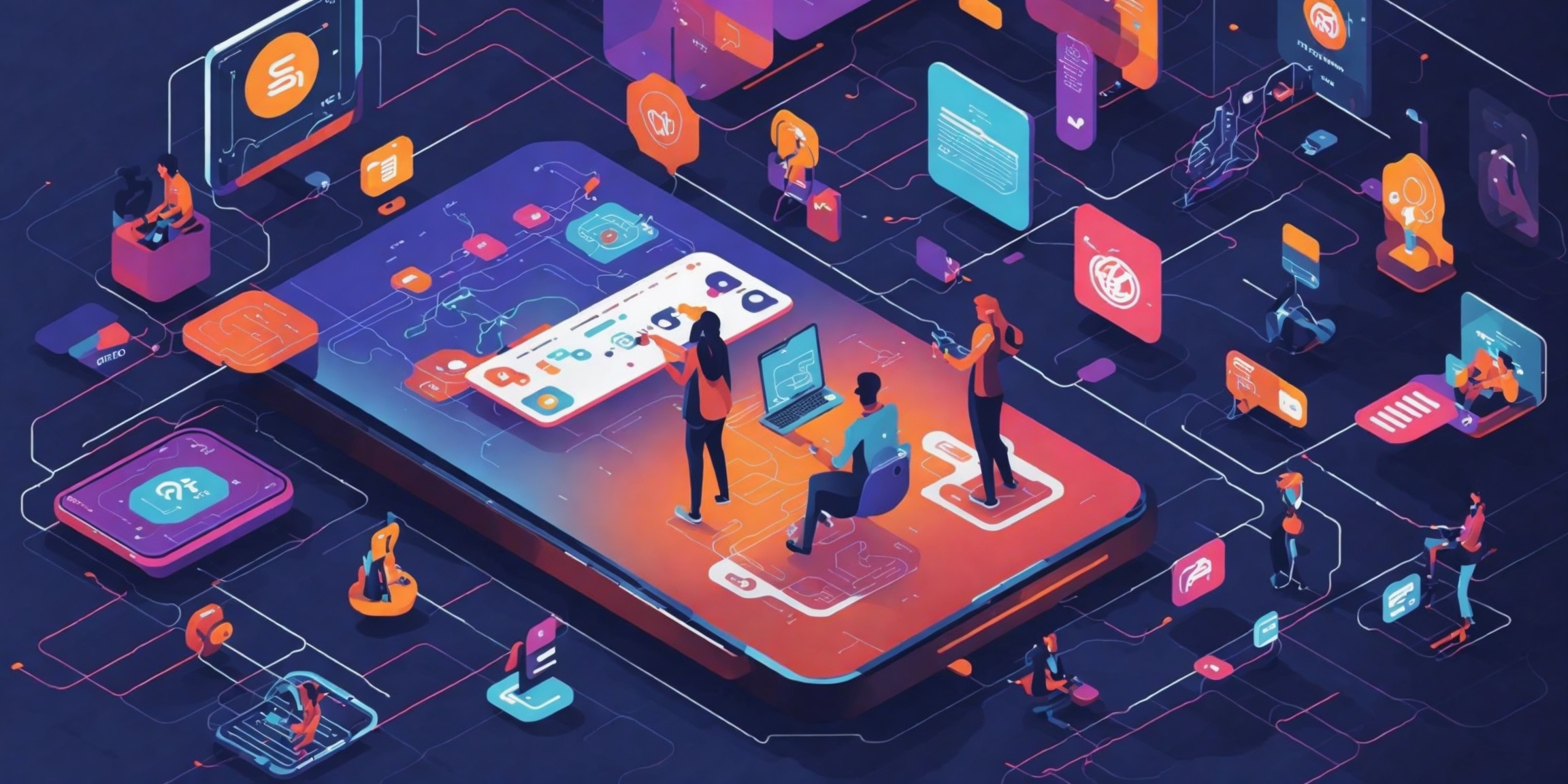Marketing has come a long way since the days of print ads and TV commercials. In today's digital age, marketers are constantly seeking innovative ways to engage audiences and create memorable brand experiences. One of the most exciting developments in the marketing world is the integration of Web3 technology, which is changing the game through gamified marketing strategies. In this article, we will explore how Web3 is reshaping the marketing landscape and making it more interactive and engaging than ever before.
The Rise of Web3
Web3 represents the next phase of the internet's evolution, marked by decentralization and blockchain technology. Unlike Web2, which relies on centralized platforms and intermediaries, Web3 empowers users with ownership and control of their data and digital assets. This shift in the digital landscape is opening up new opportunities for marketers to connect with their audiences in novel and immersive ways.
Gamification: A Proven Strategy
Gamification, the application of game elements in non-gaming contexts, has been a powerful marketing tool for some time. It taps into fundamental human psychology, motivating individuals to engage with brands and products through challenges, rewards, and competition. Web3 takes gamification to the next level by introducing blockchain technology and decentralized applications (DApps) into the mix.
How Web3 Enhances Gamified Marketing
1. Tokenized Incentives
In the Web3 world, everything can be tokenized. Marketers can create branded tokens or NFTs (Non-Fungible Tokens) that represent exclusive rewards, discounts, or access to special events. Users earn these tokens by participating in gamified marketing campaigns, providing them with a tangible and tradable asset.
2. Decentralized Apps (DApps)
DApps powered by blockchain technology provide the infrastructure for creating interactive and decentralized games. These DApps can be seamlessly integrated into marketing campaigns, offering users a unique and secure gaming experience.
3. NFT-Based Collectibles
NFTs have gained immense popularity in the world of digital art and collectibles. Marketers can create limited-edition NFTs that users can collect as they engage with gamified marketing content. These NFTs can carry real-world value and become sought-after digital assets.
4. Smart Contracts for Transparency
Web3's smart contracts ensure transparency and fairness in gamified marketing campaigns. Rules and rewards are encoded in these contracts, eliminating the need for intermediaries and providing users with a trustless experience.
5. Community Building
Web3 enables the creation of decentralized communities around brands and products. Gamified marketing can foster a sense of belonging and collaboration among users, enhancing brand loyalty and advocacy.
Case Study: A Web3 Gamified Marketing Campaign
Imagine a scenario where a fashion brand launches a Web3 gamified marketing campaign. Users are invited to participate in a virtual fashion show within a decentralized metaverse. They can design and mint their own NFT fashion items, which they can showcase during the event. Users earn branded tokens for each item they create and display.
The most creative and stylish participants are rewarded with limited-edition NFTs representing exclusive fashion items. These NFTs can be traded in secondary markets, creating a sense of scarcity and value. The campaign's success is not just measured in engagement metrics but also by the growth of the brand's decentralized community and the adoption of its tokens.
Summery
Web3 technology is revolutionizing marketing by infusing gamification with blockchain and decentralization. This new approach makes marketing campaigns more interactive, transparent, and rewarding for users. Marketers who embrace Web3 and gamified marketing strategies are not only staying ahead of the curve but also creating exciting and memorable experiences for their audiences in the decentralized age. As we move forward, we can expect to see even more innovative and engaging campaigns that leverage the full potential of Web3.
In the world of Web3, gamified marketing isn't just a trend; it's a paradigm shift that is redefining how brands and consumers interact in the digital realm.
